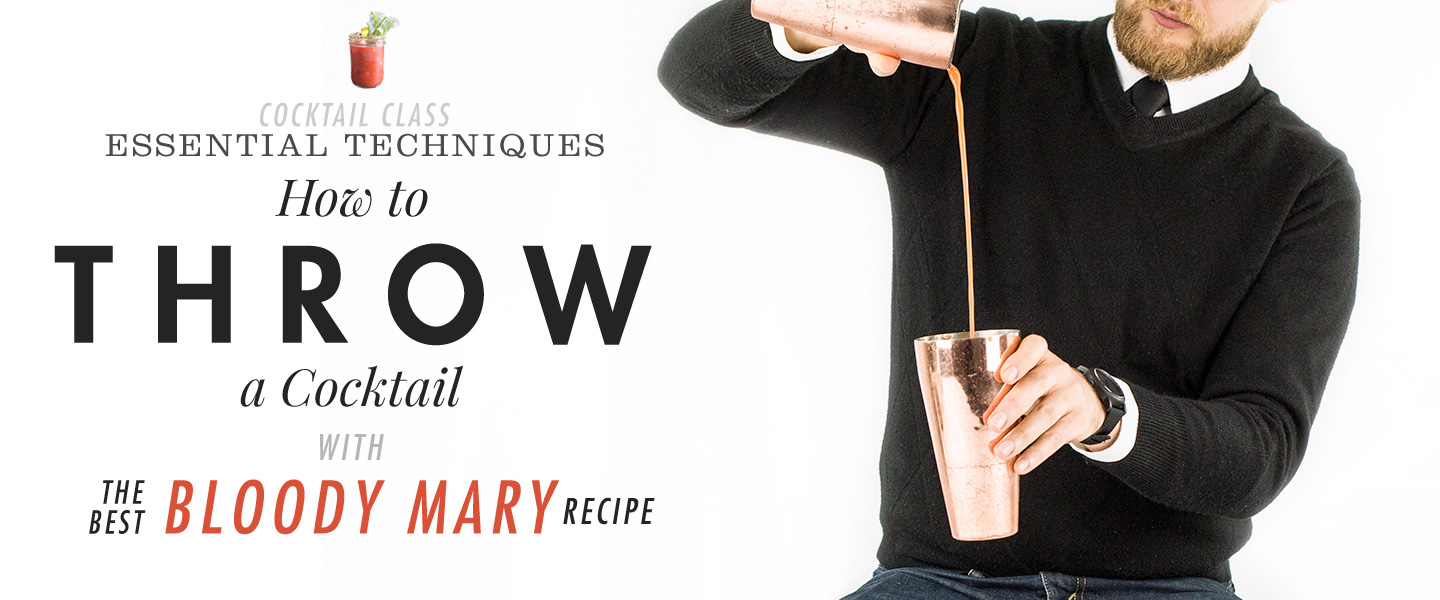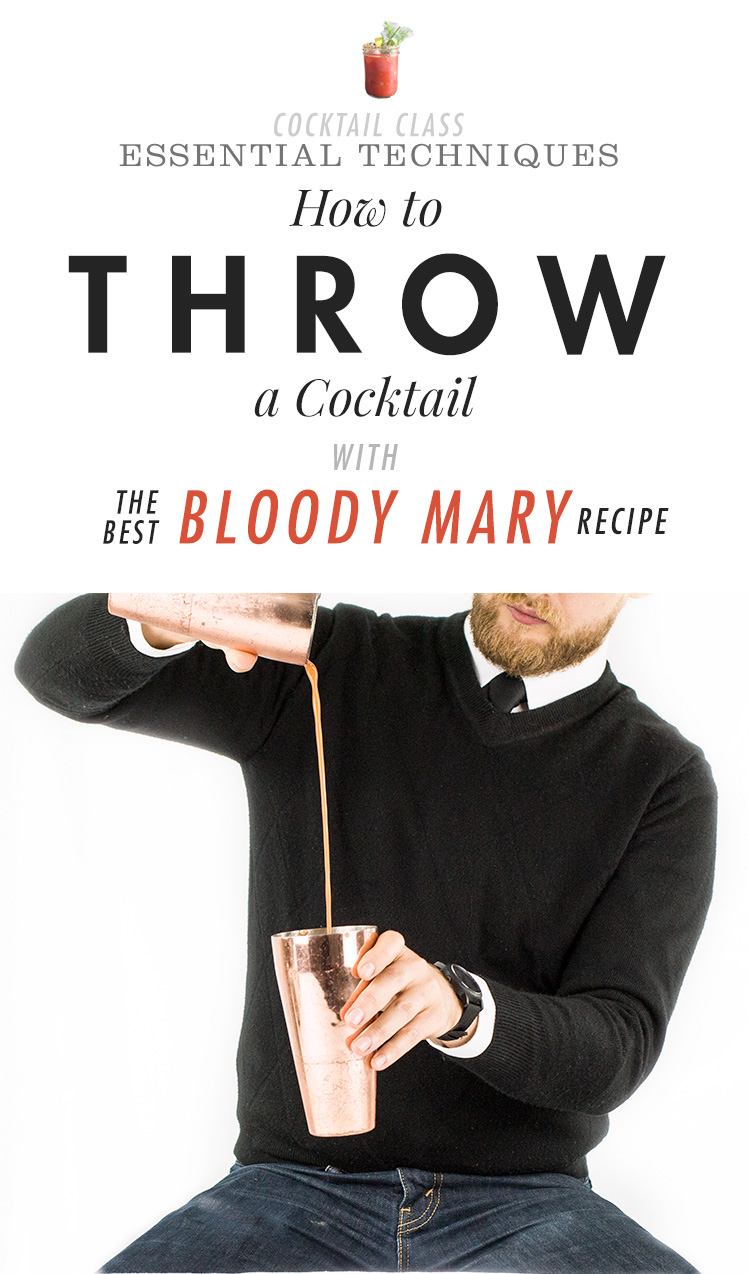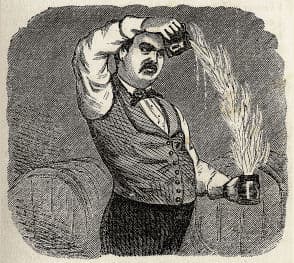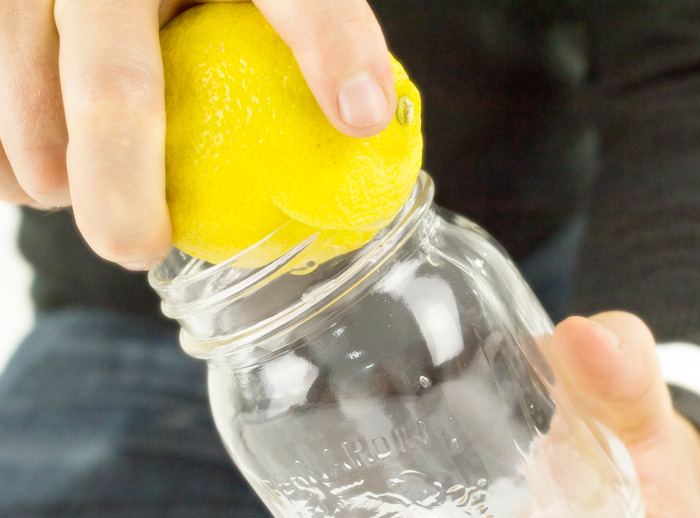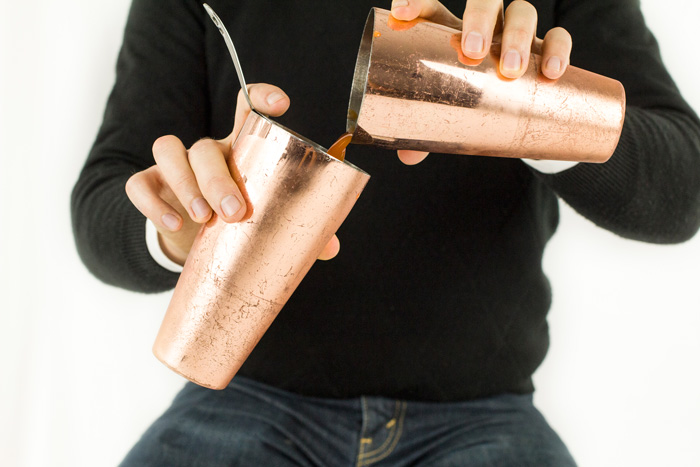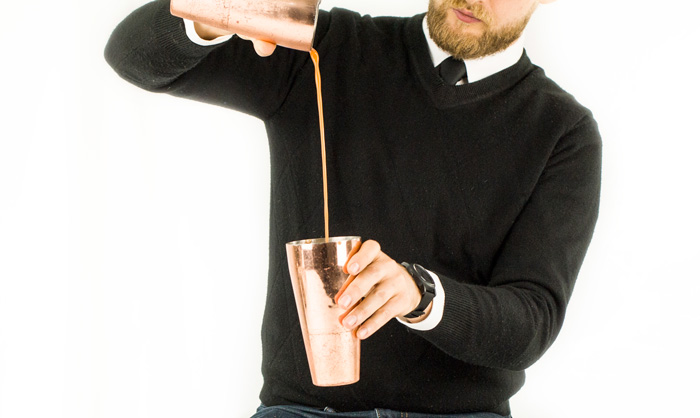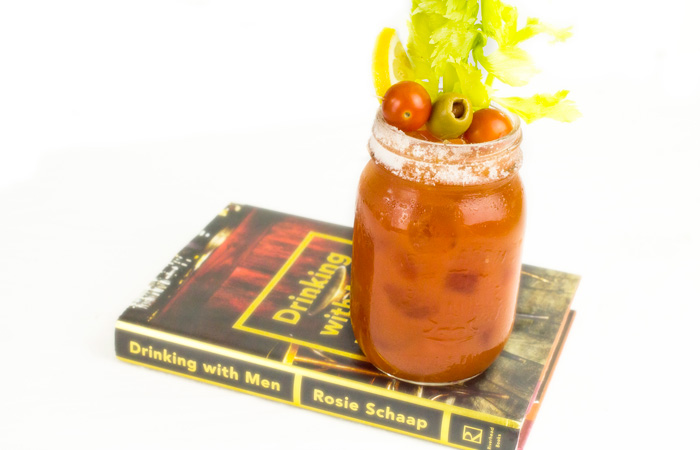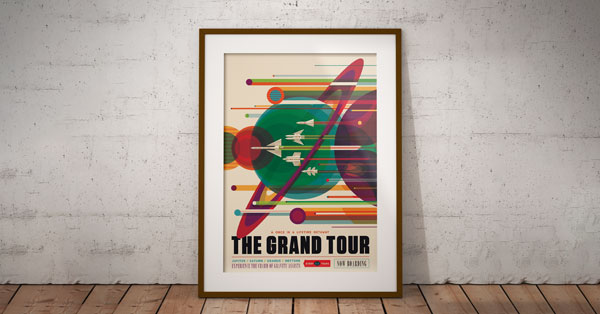There’s a fine line between pompous flair bartending (a la Tom Cruise in Cocktail) and a little measured showmanship while constructing a cocktail. Minor theatrics are justified as long as it results in a better tasting drink. It's said that we drink with our eyes first, and I wholly believe that, but in some cases, there is actual science behind why ingredients need a dramatic entrance. For craft bartenders the world over, there’s one go-to technique that is used not only for its fashion but function as well.
I’m talking about “throwing” or “rolling” a drink.
If you’ve ever witnessed a bartender juggling a cocktail precariously between two tumblers, then you’ve seen a drink thrown.
Believe it or not, this flashy technique hearkens back to tradition.
As with many things, the Chinese were first, with accounts of throwing drinks as far back as the Song dynasty in 10th century China. Seven hundred years later, the Spanish took up the cause and really ran with it. There are references to throwing alcohol in 17th century Spain, and the tradition endures today for making cider in Spain: Old country cider makers throw their cider from a height of 1 meter out of the barrel to help aerate and enhance its aroma.
Written evidence of cocktails being thrown in the U.S. start to emerge around the 1840s and the bartending world’s most famous depictions of a throw comes from and 1849 illustration of bartending patriarch “Professor” Jerry Thomas throwing his famous flaming blue blazers.
San Francisco, where Thomas’ Eldorado Gambling House resided, was heavily influenced by Spanish culture at the time. Thomas likely borrowed the technique from Spanish bartenders, who spread the custom throughout Spanish territories. As a testament to its ubiquity in Cuba, throwing is known in many parts of the world as “a la Cubana” style. Many South American bartenders use the technique exclusively for Cuban cocktails.
So, what does throwing impart in a drink?
As we’ve learned already, when one stirs a cocktail you do it to achieve chilling and dilution used for easily soluble ingredients. Shaking does the same but helps further incorporate and aerate the ingredients. When we throw, we’re essentially splitting the difference. Shaking is a violent act for all those molecules in that shaker tin, and sometimes, certain ingredients don’t fare well in there. Some ingredients, much like wines, can do well with a little aeration and oxidation but can be fussy when agitated too much. These scenarios are when we’re most likely to use throwing. When we‘re presented with ingredients that may foam up too much in a shaken drink, say tomato, Clamato or even maybe pineapple, we look to throwing to help incorporate and aerate the ingredients in a much less forceful manner. Also, when we’re trying to aerate the drink without over-diluting or when presented with a cocktail whose aromas open up with a little help we can look to throwing to assist in pulling forward some bolder flavours.
There aren’t too many cocktails that are prescribed to be thrown every time they’re made, even though I’ll be the first to tell you some can be incredibly more delicious when applying the technique. In most cases, throwing is used to incorporate thicker ingredients and is said to leave the cocktail with smaller but longer-lasting pockets of air that leave a better mouthfeel longer than the larger, quickly dispersed bubbles in shaken drinks. Many claim drinks like a martini, Manhattan, Harvard or bamboo cocktail are “fantastic”, “bolder” or “fresher” when thrown, not stirred. I for one subscribe to the school that a thrown Negroni is exponentially better than the stirred one; in fact, I first discovered the technique while learning to make a Negroni from cocktail queen Charlotte Voisey. The best way to see if you prefer your favourite drink thrown is to try a couple side-by-side comparisons and see which wins.
The Drink: The Bloody Mary
I said that there aren’t too many drinks that are prescribed to be thrown every time, but this is our exception. A Sunday brunch staple, the Bloody Mary doesn’t have so much as a recipe as it does a general concept. It’s vodka, tomato juice, some spices and usually a garnish that makes no sense at all.
Let’s be serious: 90% of Bloody Marys are consumed to stave off a hangover.
Booze, salt and spice usually trump balance and flavor for this one. The Bloody Mary was originated at Harry's New York Bar at 5 Rue Danou in Paris to appease the newly refugeed Russian emigres in France in the 1920s. It was almost certainly encouraged by barmen to profit off the extremely low cost of Russian vodka at the time. It was brought to the US in the 1930s under the less violent name “Red Snapper” where it was touted as a sure-fire hangover cure and was adored by Hemingway and other bon vivants of the time.
What You’ll Need:
- 2oz of Vodka… or more (There’s no reason to splurge on vodka [almost ever]. Get a bottle of Absolut or Aylesbury Duck—you’re never going to know the difference in a Bloody Mary, but you’ll undoubtedly use the vodka in other drinks.)
- 5oz Tomato Juice (It’s going to come out of a can and it’s going to have a ton of salt, but you’re probably recovering from a night of whiskey and late-night tacos so does it really matter at this point?)
- Worcestershire (Use however much you want—and no, you’re not pronouncing it correctly.)
- Hot Sauce (Use whatever brand and amount suits you.)
- Garnish (Celery, olives, pickles, fried chicken, whatever)
- 1 Lemon or Lime
- 2 Shaker Tins (Or large tumbler glasses)
- A Julep Strainer (Yes, this is important.)
- A Glass to shove it all in and salt for the rim of that bad boy
And here’s how you throw it all together:
1. Cut a slice diagonally into a piece of lemon or lime (think Tropic of Cancer more than equator) and place the rim of the glass inside the cut and rotate to get the juice on the rim and dip the whole rim into a pile of salt.
2. Add your vodka, tomato juice, Worcestershire and hot sauce to a shaker tin and fill almost right to the top with ice.
Tip: It’s important to get a lot of ice in there as it will help give the julep strainer something to rest on.
3. Place the julep strainer on the tin filled with ingredients and hold it in one hand. Pick up the empty tin with the other hand and hold it right at the rim of the shaker tin. Hold both shakers rim-to-rim with each other at about 45-degree angles near eye level
4. Pour the ingredients, but not the ice, from the iced tin into the empty tin. DO NOT let the tin with ice in it move—instead slowly move the other tin down and let gravity be your friend and just follow the line made for you down and back up.
Tip 1: The further away the tins get, the more aeration the drink will receive.
Tip 2:You want to pay close attention to the amount of liquid still needing to be transferred— make sure you time the whole process so the one tin empties out as the second has come back up to it.
5. Once the tins have fully exchanged liquid ingredients and are back at the same height, carefully pour the liquid back over the julep strainer and into the iced mixing tin. Do this without changing the grip you have on either tin.
6. Repeat steps 4 & 5 six or seven times over until the drink has reached its desired temperature.
7. Strain the drink into your salt-rimmed glass, garnish with whichever ingredients look best on Instagram (olives, tomatoes, lemon wedges, celery) and curse the name of the bartender from last night who’s responsible for your hangover.
8. Drink, enjoy & be merry.



